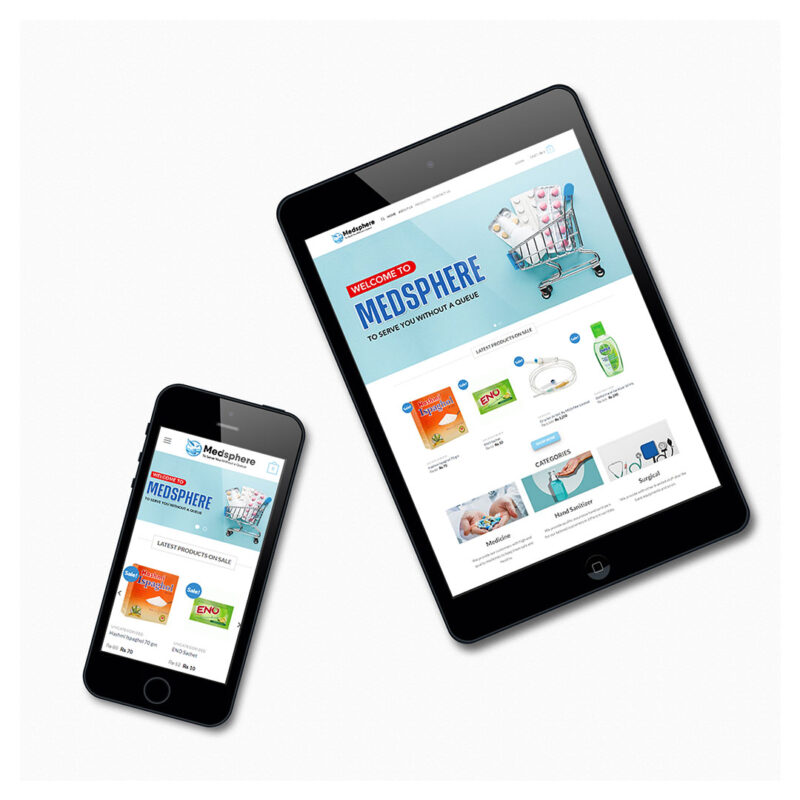When you’re competing in today’s fast-paced industry, targeting Arabic-speaking users requires a deep understanding of their unique needs and preferences. With the rise of digital marketing agencies in Saudi Arabia and the UAE, businesses are increasingly focusing on website UI/UX design based on their audience’s choice. However, many brands still make common mistakes that hinder user experience (UX). In this article, we’ll explore the top UX mistakes to avoid when targeting this demographic and how website development agencies can improve their strategies.

- Poor Right-to-Left (RTL) Implementation
Arabic is written from right to left, which requires a specific approach in website UI/UX design. A common mistake is poorly implemented RTL layouts that make the website look difficult to navigate. Arabic users expect a smooth, intuitive interface that naturally accommodates RTL text.
Work with experienced website development agencies who know that such RTL design is essential. They can ensure that elements like navigation bars, buttons, and text fields are positioned correctly for optimal readability and usability.
- Lack of Localization in Content
Translation alone isn’t enough when it comes to targeting Arabic-speaking users. Many websites rely on automated translations, which can result in awkward or incorrect phrases. This mistake can drastically affect user engagement and trust. Localization goes beyond just language. It involves adapting the content, tone, and visual elements to fit the preferences of the local audience.
- Ignoring Mobile-First Design
The Middle East, particularly Saudi Arabia and the UAE, has a high rate of mobile internet usage. Many Arabic-speaking users primarily access websites through their smartphones. A common mistake businesses make is not prioritizing mobile-friendly design. This makes it a frustrating experience for users on smaller screens. A mobile-first approach is essential for successful web development in this region.
- Overlooking the Importance of Speed
Slow-loading websites can be a turn-off for users, regardless of location. Poorly optimized images, excessive plugins, and bad web hosting can drastically slow down your website, causing high bounce rates. A reliable web hosting service is critical to maintaining speed and performance. Choose a web hosting provider that offers fast servers and high uptime, particularly in the Middle East.
- Overcomplicating Navigation
All internet users, expect websites to be intuitive and easy to navigate. An overly complex website can confuse users and cause them to abandon the site. Common navigation mistakes include inconsistent menu designs, difficult-to-find buttons, and overly complicated user journeys. Focus on your website’s navigation being simple and consistent.
- Ignoring SEO Best Practices
Many businesses overlook SEO best practices specific to this region. For example, using the wrong keywords or not optimizing for Arabic search queries can significantly reduce your website’s visibility. To avoid this mistake, partner with SEO companies that specialize in the Arabic language and understand local search trends.
- Failing to Adapt Marketing Strategies
Your digital marketing strategy must also align with the preferences of Arabic-speaking users. Many brands make the mistake of using the same marketing strategies they employ for other regions without adapting them to local tastes. For example, visual content that works in Western markets may not resonate with users in Saudi Arabia or the UAE.
Conclusion
Targeting Arabic-speaking users requires more than just translation. It involves understanding their unique cultural and technical needs. By avoiding the common UX mistakes outlined above, businesses can create websites that resonate with Arabic-speaking users and enhance their overall experience.


